
Ukraine’s war on Russian oil refineries has moved from isolated bombardments to a constant, high-precision attack, turning the nation’s fuel network into a war zone and revealing engineering weaknesses that Moscow has been unable to defend.

1. Long-Range Drone Capabilities
Drones currently targeting Russian facilities are not ragtag devices but sophisticated, long-range machines that can travel more than 1,000 kilometers with precision-guided attacks. Ukrainian security forces have hit targets up to Bashkortostan, over 683 miles from the border, showing both the extended range of operation and sophisticated navigation systems. As described by Berlin-based energy specialist Thomas O’Donnell, Ukraine is “launching and successfully producing drones at oil facilities quicker than Russia can repair them.” This relentless pace marks a sophistication of tactics into what Justin Crump, a former British Army officer, characterized as a “core campaign” of strategic economic disruption.

2. Engineering Vulnerabilities in Refinery Infrastructure
Oil refineries are vast complexes of high-pressure tanks, catalytic crackers, and distillation towers, each susceptible to heat, shock, and fire. An attack on a catalytic reformer can shut down production for weeks, as the Volgograd refinery found itself shut down for a month after an August attack. The Ryazan refinery, which produces 340,000 barrels daily, has been attacked five times this year. With 21 of Russia’s 38 major refineries offline since January, the overall impact has been catastrophic close to 38–40 percent of total refining capacity is down, much of that coming from drone attacks.
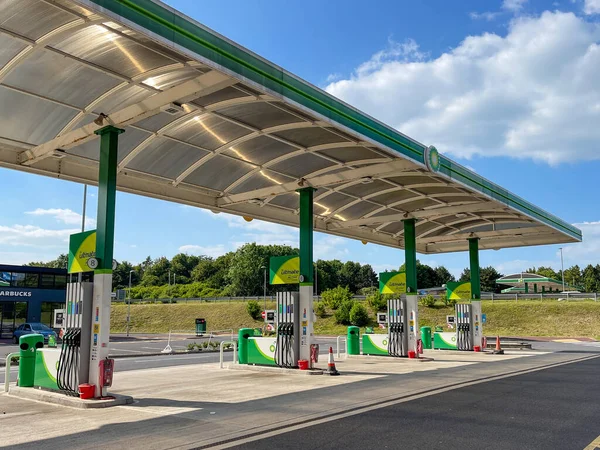
3. Effect on Gasoline Supply and Demand
Russia’s monthly gasoline deficit now totals around 400,000 tons, or 20 percent of demand. Countrywide production has fallen by some 10 percent, leading to rationing in at least 20 regions. In Crimea, sales have been limited to five gallons per individual, and motorists in the Far East line up overnight to buy fuel. Independent operators, which operate roughly 60 percent of Russia’s stations, are closing en masse more than 300 since May because of delays in shipments and wholesale prices equal to or higher than retail.
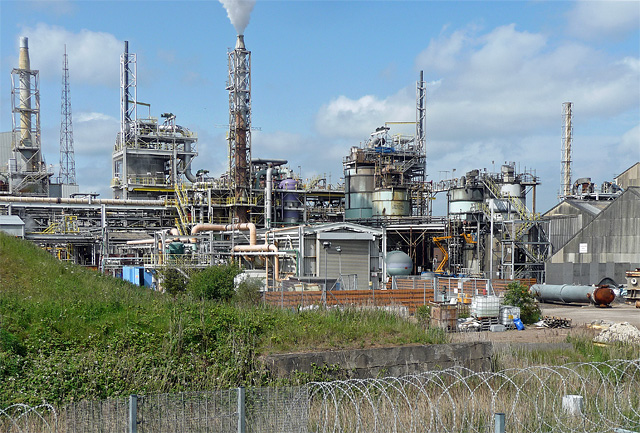
4. Chemical Engineering Fixes and Additives
Deputy Prime Minister Alexander Novak suggested bringing back monomethyl aniline (MMA), a powerful octane enhancer that has been prohibited since 2016 due to toxicity, along with ethanol and more aromatic hydrocarbon blends. The additives would introduce a temporary boost to fuel quality from poorer-grade inventories, but MMA’s risks such as risks to refinery employees and contamination of the environment reflect desperation in Moscow’s actions. Novak’s proposal also includes abolishing the 5 percent import tariff on gasoline from South Korea, China, and Singapore, and imposing the “damper” subsidy to make importation feasible in the face of high transportation costs.
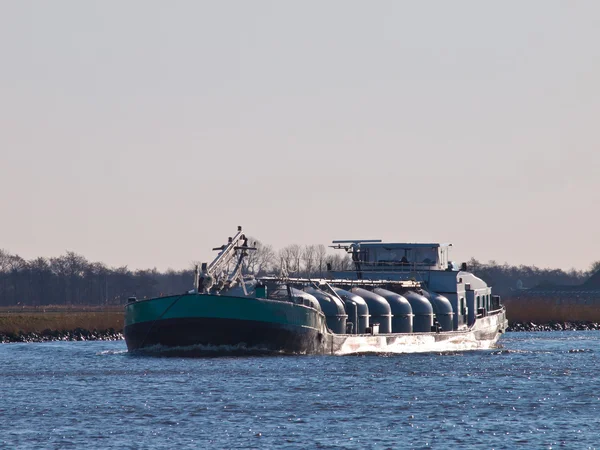
5. Importing from Belarus and Asia
Belarusian gasoline imports have risen 36 percent on the year, with plans to raise volumes from 45,000 tons in September to 300,000 tons per month. Tariff exemptions around the Eurasian Economic Commission trade bloc from October 10 to June 30, 2026, are helping facilitate imports from Asia. Even with these interventions, however, analysts caution that supply-chain bottlenecks specifically for central Russia will cap the effect.

6. Economic Burden and Fiscal Implications
The fuel shortage comes at the same time as the budget deficit widens to 2.6 percent of GDP in 2025, the highest since 2020. Revenues from oil and gas are declining because of sanctions, decreasing prices, and the higher ruble. Defense appropriations continue at 8 percent of GDP, overshadowing social appropriations, but for the first time since 2022, nominal reductions are scheduled for 2026. Alexandra Prokopenko of the Carnegie Russia Eurasia Center characterized the budget as “a compromise between the war camp and economists,” though security agency spending is due to increase again by 2027.
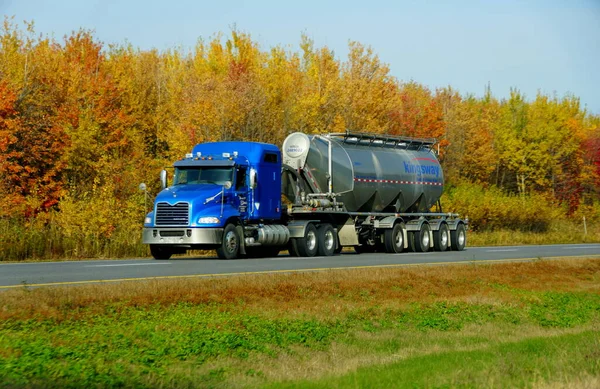
7. Transportation and Industrial Disruption
In addition to civilian drivers, the attacks imperil Russia’s logistics spine. Diesel shortages hit trucks and the fleet of diesel locomotives powering rail haulage. O’Donnell adds that supply disruptions in areas close to Ukraine compel fuel to be imported from longer distances, driving up costs and stretching distribution networks. The ripple effect extends to agriculture, mining, and manufacturing, where diesel machinery is critical.
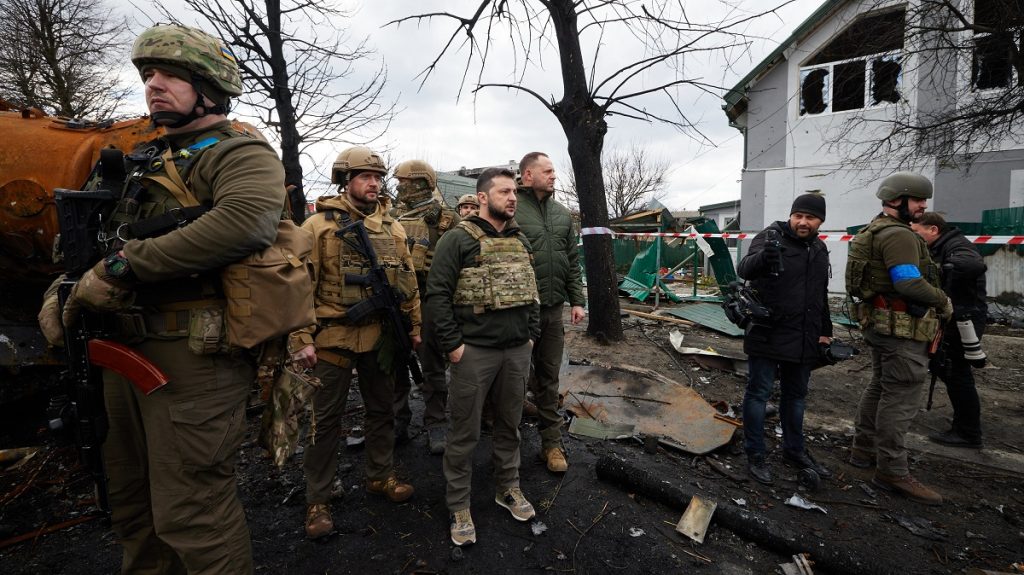
8. Strategic Reasoning For Attacking Energy Infrastructure
President Volodymyr Zelensky has been blunt “The most effective sanctions the ones that work the fastest are the fires at Russia’s oil refineries, its terminals, oil depots.” The strategy identifies that although Russia can take losses in the form of people, economic discomfort caused by energy disruption disrupts military logistics and domestic stability. Ukrainian officials said that attacking oil infrastructure is meant to strike “the nail on the head” economically and compel Moscow into expensive import and subsidy plans.
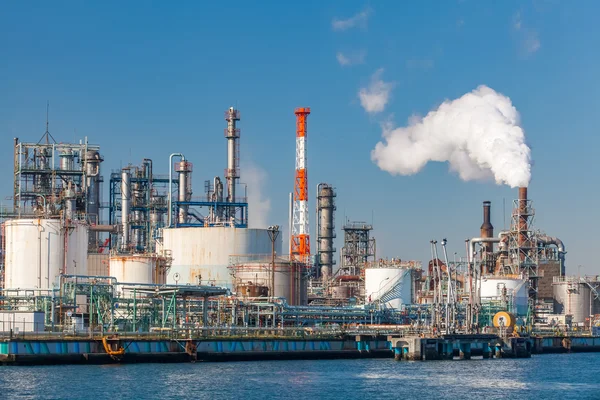
9. Price Shock and Inflationary Pressure
Wholesale gasoline prices have increased 40–50 percent since the beginning of January, while the Federal Antimonopoly Service cautioned against unwarranted price increases. The hike in VAT from 20 to 22 percent that is set to yield $14–15.5 billion each year will add to inflationary pressure on consumers already burdened by higher transport and goods prices. For most Russians, the fuel crisis is the first concrete evidence that the war is undermining their daily lives.
The persistent precision bombing, combined with Russia’s failure to rebuild refinery production at speed, has made gasoline a weapon and a liability. The engineering sophistication of refinery repair, the noxious trade-offs in fuel chemistry, and the logistical pressure of importing from faraway friends betray a war waged not just on the front lines but deep in the industrial veins of the Russian state.

